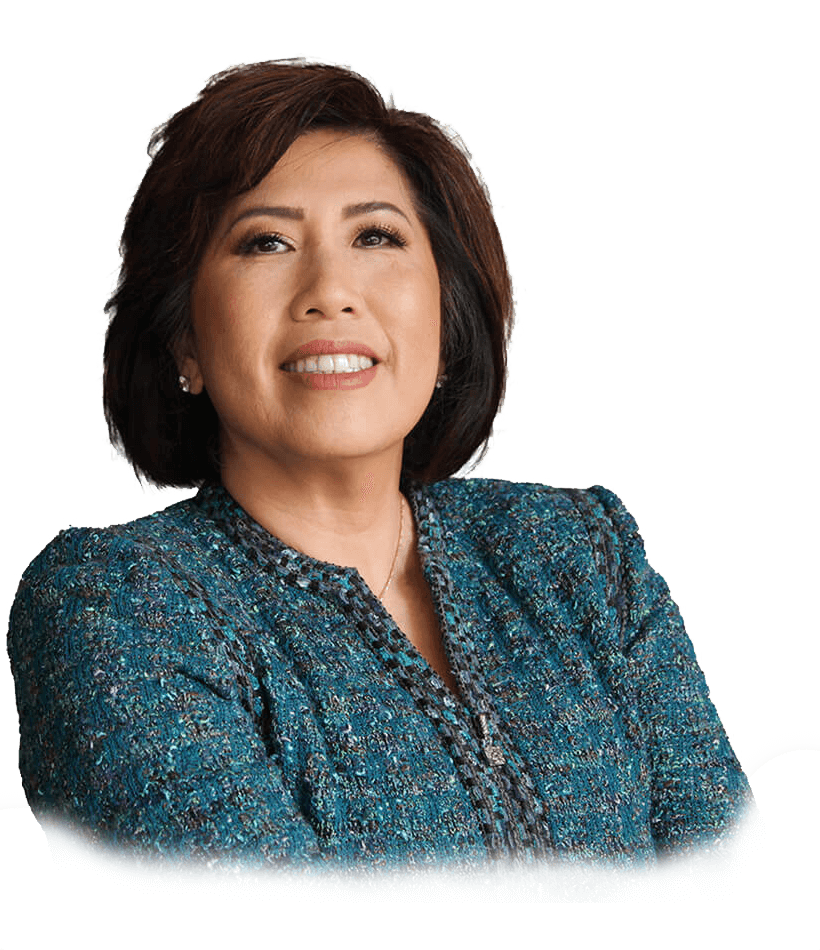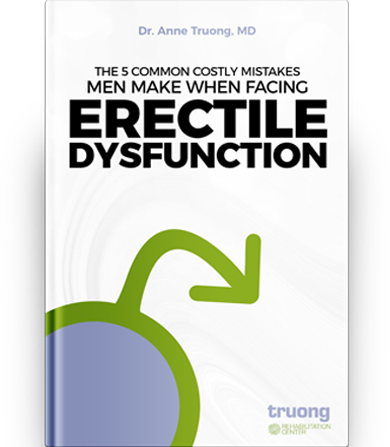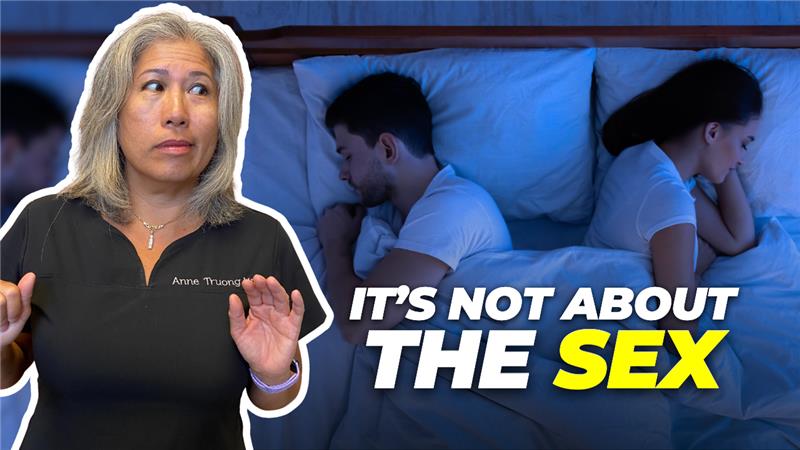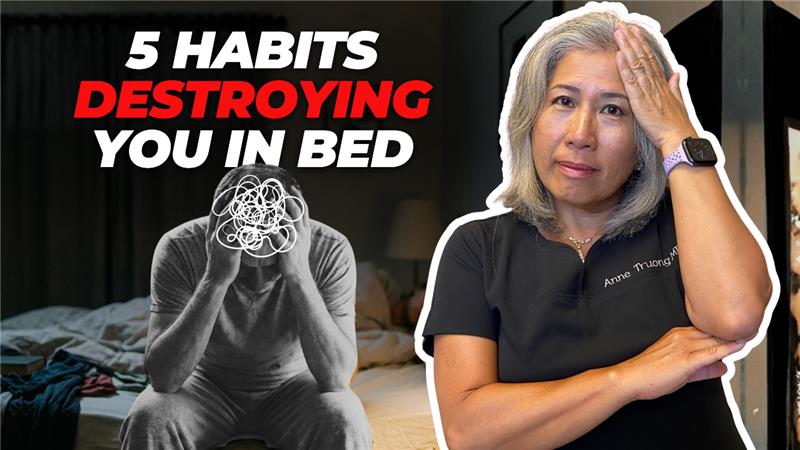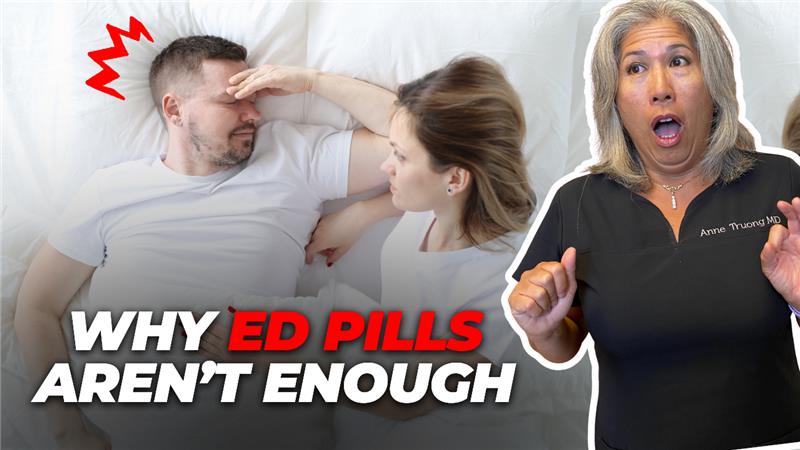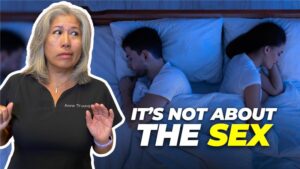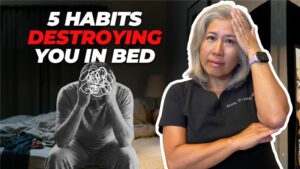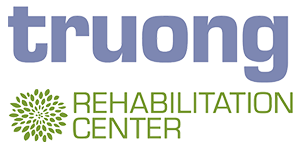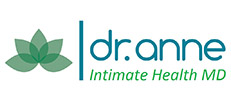Gua Sha, is commonly pronounced as “gwa shah,” is alternative healing, treatment originating in Vietnam, and then adopted popularly by the Chinese. It is a unique method of massaging therapy, which involves a slab with rounded edges. In common practice, the spoon can be bian stone, ox horn, jade, or rose quartz.
Although Gua Sha is a fairly uncommon technique outside the Chinese and Vietnamese populace, it has found its niche in massage and healing practices globally. Breaking the terms Gua and Sha to their bare essentials, Gua in Mandarin roughly refers to “scraping,” and Sha indicates to red or purple blisters on the skin’s surface. In everyday English, Gua Sha also refers to coining or spooning the skin.
The treatment procedure of Gua Sha commonly involves massaging the skin’s surface with a spherical-edged slab, at first firmly, and then increasing the pressure to tolerance. Gua Sha massage is widely regarded as a treatment for multiple forms of afflictions, primarily involving chronic pain.
The History of Gua Sha
The origins of Gua Sha goes back to Vietnam, where it was referred to as “cao gio.” The technique, under unknown circumstances, eventually made its way to China in the Ming Dynasty, where it was adopted and widely used.
Some scholars believe the inter-nation sharing of Gua Sha scraping technique is accredited to the flourishing trade relations of pre and post-medieval Asia, which was the hotbed for commerce till the 1700s. Nevertheless, the method dating back to the Palaeolithic age or the Stone Age.
In that epoch, members of a band would treat a companion afflicted with chronic pain or common sickness or likely unconsciousness, with this technique. They would employ their bare hands or a small stone slab and scrape the afflicted surface region of a body. It is popularly known to free the ‘Chi’ which has become congested.
The Chinese believe that each human body contains an energy or life force, which they refer to as Chi, responsible for the functioning of the brain and other bodily activities. Under various physiological or psychological circumstances, the Chi in our bodies could be blocked in some regions of the body, causing pain. This phenomenon is referred to as stress, which builds up in certain areas of the body such as the neck, shoulder blades, bosoms, back, buttocks, and thighs.
The purpose of Gua Sha therapy is to reopen the channels wherein the chi is congested and let the energy flow adequately to all parts of the body, thus alleviating the affliction or pain.
Application of Gua Sha as a Remedial Measure
In many Chinese articles, Gua Sha is a measure to dredge up the channels or meridians that connect every internal and external organ in the body. While some consider it naught more than hokum which exploits placebo effect to its benefit, many believe its healing power and its ability to cure bodily pains scientifically.
Essentially, what Gua Sha massage achieves is unclogging blood stasis or stagnation, which causes the ache. While its applications are still under exploration and could have far-reaching variables than is currently acknowledged, there are some areas of treatment supported by scientific studies and experiments
Migraine
A 72-year old woman suffered from severe migraine pain, and Western analgesics failed her repeatedly.
She received a host of treatment centered on the principles of Gua Sha therapy. The procedure continued for 14 days. She improved throughout the treatment, and her pain improved daily. This case study is the first recorded evidence of the use of Gua Sha for curing migraine.
Chronic neck pain
Gua Sha can treat chronic and mechanical neck pain in individuals. The case study was conducted in the Duisburg-Essen University of Germany, wherein 48 outpatients with chronic neck pain.
One group received Gua Sha therapy, and the other group would be treated with the standard thermal pad for a week.
Within a week, both groups’ neck pain improved.The relief did not last for the thermal pad group, whereas the Gua Sha benefits continued long after the treatment. There were remarkable improvements in the neck disability index, range of motion, and quality-of-life index.
Breast engorgement
It is a phenomenon recorded in women who have started breastfeeding, wherein the bosom of a parturient woman is full of milk production. The production, coupled with sucklings result in pain and transient enlargement of the breasts.
Breast fullness was treated with Gua Sha and had significant relief from breasts engorgement pain.
Perimenopause
The Perimenopausal syndrome is noted in women who are approaching menopause. The symptoms for this condition involve – insomnia, fatigue, anxiety, melancholia, irregular menstrual cycle, and hot flashes.
Gua Sha was used to alleviate symptoms of Perimenopausal syndrome, 80 women were subjects. These women were divided into 2 groups of 40 each. Similar to the neck pain experiment, Gua Sha massage was provided to one group and the other received conventional therapy.
The study was conducted across a span of 8 weeks with Gua Sha treatment for one day a week. The Gua Sha treated group fared much better in comparison to the latter group. Although no significant changes in hormones common to the premenopausal period, the members of the Gua Sha exhibited much better physiological and psychological conditions compared to the other group.
Compromises of Gua Sha
Since the very essence of Gua Sha is scarping the skin in a downward motion, many individuals question “Does Gua Sha hurt?” In general, Gua Sha is not meant to cause any pain.
Nevertheless, as it involves scraping, there are certain chances of capillary bursts, which may result in red or purple petechiae. These spots disappear within a week at most. According to popular belief, the toxic fluid in our body surges to the places dented with scraping in a downward motion. These colourful spots are, thereby, the congregation of the toxins in our bodies, which causes the chi to choke.
Although, the scientific validity of Gua Sha is yet proven with the use of empirical data, it is considered by many as an effective and alternative method to manage specific ailments (see above). It causes the body to disengage with stress, following the principle of acupuncture, but is more effective due to its broad applications.
Truong Rehabilitation provides Gua Sha therapy right in our offices. To find out more or schedule an appointment, contact us at 540-374-3164.
Reference Links –
https://www.healthline.com/health/gua-sha
https://en.wikipedia.org/wiki/Gua_sha
https://www.medicalnewstoday.com/articles/320397.php
http://en.chinaculture.org/info/2013-04/25/content_456628_2.htm
https://www.sciencedirect.com/topics/medicine-and-dentistry/chinese-language

